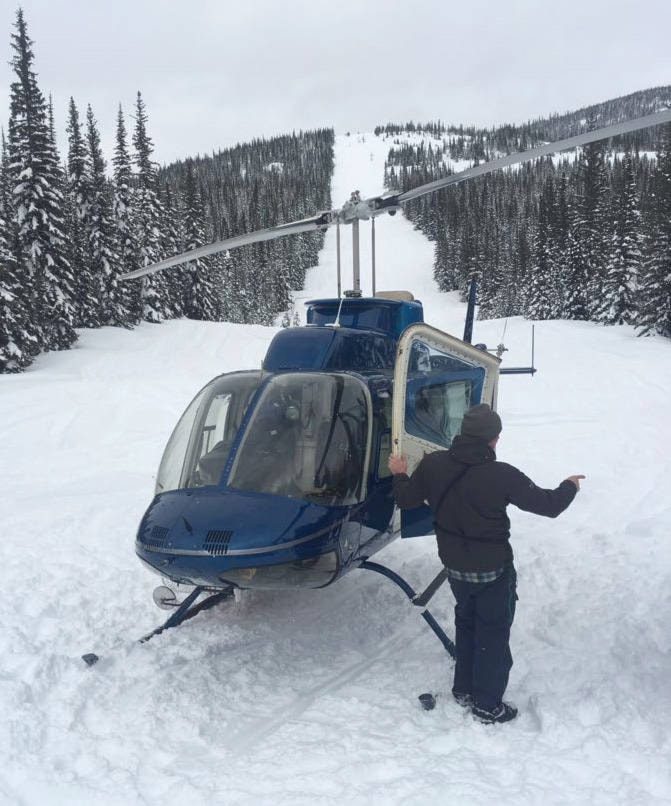Fernie Search and Rescue (SAR) has praised a group of quick-thinking snowmobilers who helped to coordinate the rescue of an injured friend over the weekend.
About 12.15 p.m. on Sunday, Fernie SAR was called to an area known as the Pipeline near Morrissey, where a 23-year-old local man had sustained a significant lower leg injury while on his machine.
“There were about five of them snowmobiling when he came off his machine and hit some hard snow, and either dislocated or broke his ankle,” said head of Fernie SAR, Simon Piney.
“He was pretty tough, he refused any pain medication and hobbled to the helicopter with the help of his friends and us.”
It took SAR about an hour to reach the snowmobilers, who placed the injured man’s leg in a splint and prepared a landing zone for the helicopter.
He was transferred to the Elk Valley Hospital.
Piney said the group was well organized and experienced.
“They were able to get in communication with us, they were able to give us a latitude and longitude, they were able to provide first aid to their friend and they anticipated the need for a helicopter, and provided us with an area to land easily, so that makes a big difference,” he said.
Fernie SAR has responded to about six snowmobiling incidents and performed up to 10 skier rescues, so far this season.
Piney said the number of skier rescues was unusually high and could be due to more people trying backcountry skiing.
“I think there’s a huge trend, and it’s across the province, of increased number of people wanting to access the backcountry,” he said.
“It’s growing exponentially and that’s not just in Fernie but in many places.
“I think that’s a combination of greater publicity of people doing that sort of stuff and the equipment getting better and better, so that gives people more confidence.
“There are just more people out there and if more people are out there, more people are going to get themselves into trouble.
“It doesn’t necessarily mean they are badly prepared – accidents happen and from our point of view, we don’t judge whether people should or shouldn’t have been there.
“The real question is what are you going to do if it does happen and how are you going to get hold of help.”
Piney said anyone heading into the backcountry should prepare for the worst and carry the equipment they would need to self-rescue.
“Whether that’s first aid or avalanche equipment – a shovel, beacon and probe is the minimum for avalanche terrain,” he said.
“Cell phones don’t work great so either a satellite phone or some sort of personal locator beacon… the ability to provide first aid is also a big plus.
“If stuff goes wrong… it’s nice to know that help is on its way rather than having to spend a lot of time working out how to get help.”
